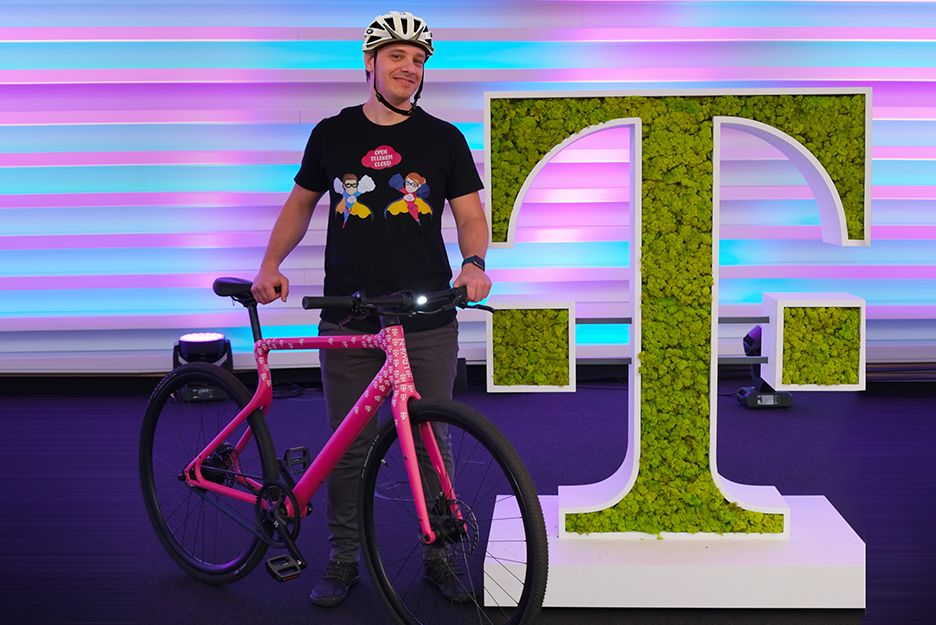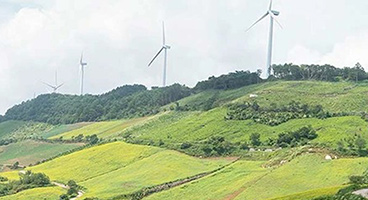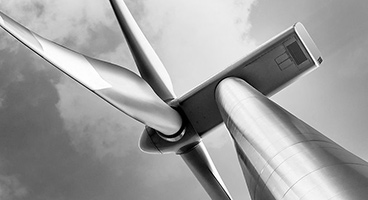In this article you will read about,
- what benefits the cloud offers to meet corporate sustainability needs,
- why the sustainability journey is just beginning for cloud providers
- and what the Open Telekom Cloud has concretely achieved in terms of sustainability and what it is planning.
German Santini has been responsible for sustainability aspects of the Open Telekom Cloud since 2023. Together with colleagues from operations and the data centers, he pursues two main goals: the greatest possible transparency about the carbon footprint generated by the Open Telekom Cloud and a permanent reduction in CO2 emissions. We spoke to him about the topic of sustainability, the cloud and what options cloud providers have to further reduce emissions.



